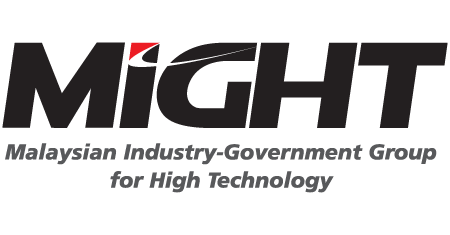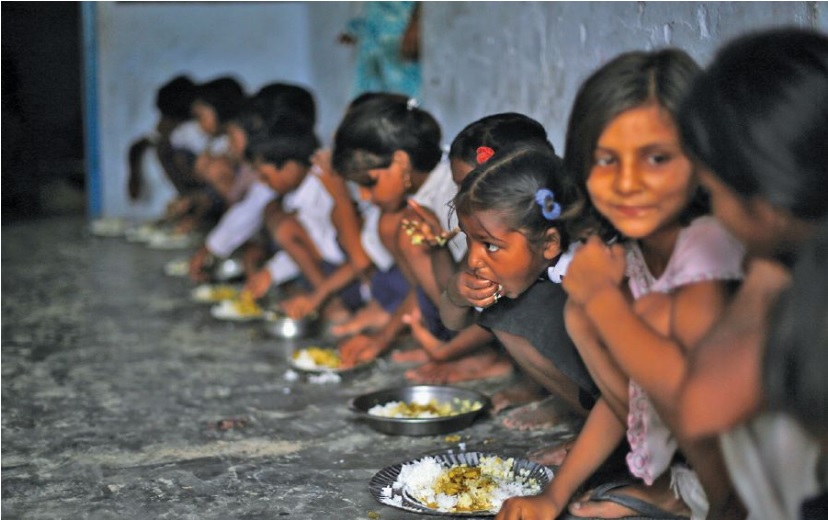HOW well is the world doing with Agenda 2030 and its 17 Sustainable Development Goals? Not nearly well enough, it appears.
Three years after United Nations member states agreed on the ambitious 15-year programme at a New York summit, a third stocktaking of government efforts has been released: the 2018 SDG Index and Dashboards Report.
Sadly, it shows no country is on track to achieve all goals by 2030. These include ending poverty and hunger, promoting good education, health and well-being, achieving clean water and sanitation as well as affordable and clean energy, and reaching gender equality.
Leaders on the Index — a composite measure of progress across all goals — are Sweden, Denmark, and Finland, and the report notes that even they needed to up their game to reach the targets by 2030.
Germany and France are the only G7 countries among the top 10. The United States ranks 35th; China and the Russian Federation rank 54th and 63rd respectively. Indeed, the report cites the US and Russia as having taken the least action towards implementing the goals.
Detailed two-page profiles of SDG progress on every indicator that makes up the index are provided for all UN member states, along with trend data indication of how fast countries are progressing. Produced by the Bertelsmann Stiftung and the Sustainable Development Solutions Network (SDSN), the report estimates whether a country is likely to achieve a particular SDG based on historic rates of progress.
Overall, progress is slowest on some of the environmental goals. Whereas many high-income countries have almost completely eradicated extreme poverty or hunger, they obtain their lowest scores on such goals as “responsible consumption and production”, “climate action”, or “life below water”. And, low-income countries score significantly lower still as they tend to lack adequate infrastructure and mechanisms to manage key environmental issues. Low-income nations are, however, making significant progress on ending extreme poverty and access to health and education services.
Says SDSN director Jeffrey D. Sachs: “Once again, the Northern European countries come out on top of the SDG index, and the poorest countries come out at the bottom. The implications are clear: The social-market philosophy of a mixed economy that balances the market, social justice and green economy is the route to the SDGs.”
How did Malaysia fare? With a 2018 SDG Index score of 70, Malaysia ranks 55th out of 156 countries, and 2nd within Asean, one rank lower than China but eight ranks higher than Russia.
You can see how we scored on all 17 SDGs in the full report, available at this link: http://bit.ly/2uI6itG, starting on page 288.
As you’ll see, Malaysia continues to make progress against SDG 1 — reducing poverty — which stands today at 0.6 per cent, down from 49 per cent in the 1970s. This remarkable shift started with the New Economic Policy, introduced in 1970 to eradicate poverty and restructure societal imbalance. Each subsequent five-year Malaysia development plan has underscored sustainable economic growth, growth with equitable distribution to all sections of society, access to basic infrastructure and utilities, access to education and healthcare services, and mainstreamed environmental conservation.
Agenda 2030 increases the resolve to pursue the journey on sustainable development more aggressively. Thus, Malaysia has aligned SDG principles with the 11th Malaysia Plan, which will entrench SDGs in all facets of Malaysia’s development. Our achievement already of this high priority goal does great credit to Malaysia.
Likewise, Malaysia is reported as having made inroads in utilising clean energy (SDG 7). This has come about thanks to a legislative framework, policies and implementation strategies designed to reduce dependency on fossil fuels. Despite an upward trend in clean energy, however, a downward trend is reported for Malaysia on climate action (SDG 13).
As the Fourth Industrial Revolution dawns, we have armed ourselves with digital tools and innovative knowledge and technology to ensure economic viability and social security, highly evident in our reported progress against SDG 8 (decent work and economic growth) and 9 (industry, innovation and infrastructure).
The report suggests we have stagnated in critical areas, notably sustainable cities and communities (SDG11). By 2030, the Malaysian population will be 80 per cent urban. We need to both green our cities and make them more efficient, providing high-level services to people with the help of smart communication devices and other high-tech tools. This will drive economic growth through new high technology development investments, jobs and innovation.
Other areas in Malaysia in which stagnation is reported: zero hunger (SDG 2), life on land (SDG 15), and partnerships for the goals (SDG 17).
Dozens of parameters go into the index calculations, and it is helpful to have an outside assessment of our performance on each one at this still-early stage of Agenda 2030. We can only hope that our success improves in Malaysia as we emerge to be a more prosperous high-income country — a milestone foreseen in the not too distant future.

